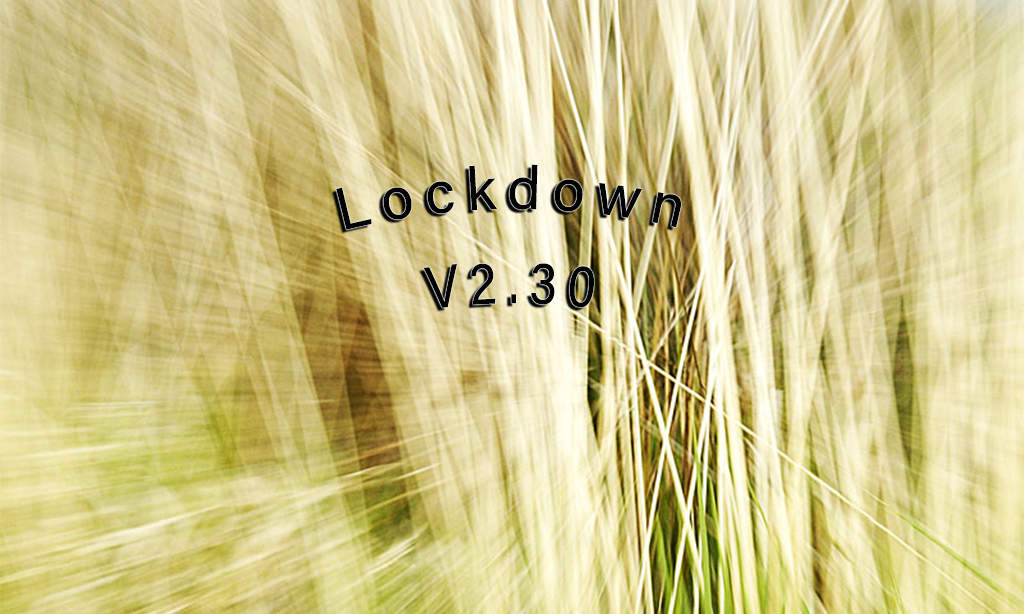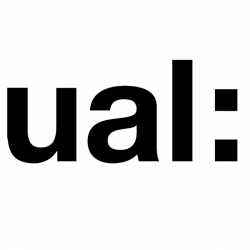Photos & Text by Lucie Walmsley
Graphic & Media Design (Year 3)
During isolation, on my own in Thessaloniki, I
did a self-portrait series depicting my internal struggle, as I had to face my
thoughts in isolation; experimenting with long exposures in dark red lighting
to communicate the resurfacing of past trauma. The surrounding is depicting the
reflection that I was faced with on a daily bases and could not escape from. My
movement in the images is to show the different sides of myself that came out
during this uneasy time, before the lockdown I could easily just dive head
first into partying and socialising as a form of escapism. This escapism is a
key theme throughout all my work, I usually photograph people partying on
nights out, becoming a voyeur, this series turns the lens on myself and what
emotions and troubles I was suppressing. The nudity in the photographs is to
show how I was stripped and in my most vulnerable state during the height of
the pandemic and the red lighting to show how initially fearful I was to face
these thoughts and emotions.
This
series was photographed in manual mode using a 10 second timer whilst my camera
was on a tripod using ISO 200 35mm film. Experimenting with shutter speeds
between 8 and 30 seconds. I was new to using this camera so was getting a
general light reading from a light meter app on my phone.
Before the lockdown I started a long exposure
night time photography series, being draw to the bright and trashy shop fronts
across the city. Having the contrast between the dark sky and the artificial
yellow street lights or neon shop lighting. Although I shot these before
lockdown, the emptiness and lack of any ‘life’ in the pictures resonated with
my feelings when I was shooting the self portraits and the colours and saturation
seem to sit well together as well. This series was photographed using a tripod,
shutter release cable and light meter app on my phone. This work is mainly just
trial and error and I try to take two shots with a different amount of exposure
time and the same aperture (bracketing). Taken on my manual 35mm film camera
with apertures setting between f16 and f22 and shutter speed between 8-30
seconds. When the lockdown was relaxed I continued to go out in the evenings
and shoot.
I chose to shoot on exclusively film due to the vibrancy of the colours and grain; I also love the surprise element, as you have to wait to get to the developers to see the shots. The cost of the film and processing also means I pay more attention to each shot compared to shooting on digital where you can shoot as many as the SD card can hold.


